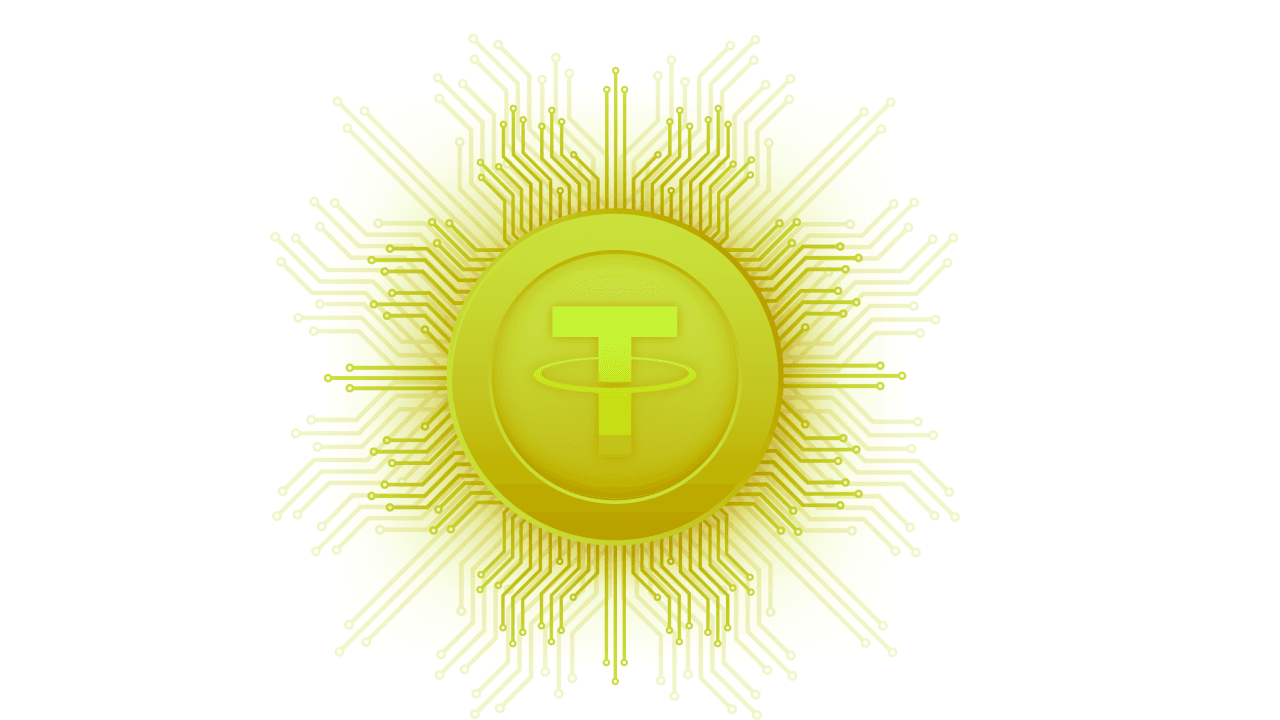What is USDT?
Tether(USDT) is a type of cryptocurrency known as a stablecoin. Stablecoins are designed to be linked to a specific currency, such as the US dollar.
By Staff
Cryptocurrency holdings might be problematic for investors. Many of them are extremely volatile. According to critics of cryptocurrencies, such as China’s main payment institutions, their price volatility makes them unsuitable for use as genuine currencies because their value fluctuates rapidly, making it difficult to agree on a price.
With Tether (USDT), users can navigate the crypto industry without being exposed to unpredictable prices.
What exactly is Tether?
Tether is a type of cryptocurrency known as a stablecoin. Stablecoins are designed to be linked to a specific currency, such as the US dollar in the case of Tether’s flagship USDT cryptocurrency. Stablecoins also track traditional fiat currencies, like the Dollar, the Euro, or the Japanese yen, which are held in a designated bank account. In a nutshell, Tether is meant to work as follows; whenever a user deposits a US dollar to Tether’s account, Tether Inc, the company behind Tether the stablecoin mints one Tether in return.
Tether says that each token is backed by a dollar stored in its reserves and that the token’s value is maintained by bots buying and selling anytime the dollar’s value varies, making it a stablecoin with a price pegged to USD $1.00.
Who created Tether?
Tether Limited created the cryptocurrency under the name “Realcoin” towards the end of 2014, before rebranding it as Tether. The company’s headquarters are in Hong Kong, although it is based in the British Virgin Islands, a country notorious for its lenient laws. It shares most of its management team with the cryptocurrency exchange Bitfinex, including its CEO, chief strategy officer, and general counsel.
Tether tokens, which were developed by the crypto exchange BitFinex, are the native tokens of the Tether network and trade under the USDT symbol. As of October 2021, USDT is the fifth-largest cryptocurrency by market capitalization, worth more than $68 billion.
What you can do with Tether and how it works
Tether is widely accepted on most crypto exchanges and can be used to easily purchase cryptocurrencies. It is frequently used by traders and investors as a way to maintain a stable store of value while still holding a position in the market.
It is also a popular asset for the exchanges themselves. Tether trading pairs are a common way to denominate prices in fiat currency, which most people can more readily understand. As many exchanges find it impossible to set up a fiat bank account, some have resorted to holding their funds in Tether tokens.
Tether is stable, widely accepted and popular. It is backed by fiat currency, that means holders aren’t subjected to the same high levels of volatility found in other cryptocurrencies. Additionally, it gives users easy access to the market, without exposure to wild price fluctuations and many exchanges use it as a trading pair. It is built on a concept known as the Omni layer. This is a meta-protocol that built on top of the Bitcoin, that lets projects to create and trade their own currencies. In the summer of 2017, Tether coins were first issued on the Omni software layer for the Litecoin network.
Tethers based on Ethereum that follow the ERC-20 standard are also available.
Tether – Bitcoin arguments
The fear is that Tether, which has a market capitalization of nearly $60 billion, artificially inflates the price of Bitcoin. In 2018, academics John M. Griffin and Amin Shams claimed that Tether could be created “independent of investor demand,” suggesting that Tether’s production schedule was only consistent with a coin that was partially backed by reserves rather than completely backed.
“The actual story here is that cash now makes up less than 3% of Tether’s reserves,” Amy Castor, a writer who covers Tether issues, stated. Accusing Tether of “printing money out of thin air,” Castor added that, “The reckoning will come when people try to cash out of bitcoin, and it dawns on them there is no real money in the system to support withdrawals, because the markets were based on funny money.”
There is also a common counter-argument levelled against Tether’s critics that Tether’s printing schedule is entirely uncorrelated to Bitcoin’s price. In fact, new Tethers have been minted both amidst Bitcoin bull runs and price crashes—as outlined in an April 2021 paper from UC Berkeley.
The Future
Tether has shown to be a beneficial tool for the cryptocurrency industry, with investors flocking to buy in downturns as a hedge against market declines. It is still very popular, with tokens changing hands multiple times every day. As a result, Tether has become a valuable source of liquidity for the market, helping to keep prices constant.
Tether’s future will be determined by its ability to maintain market confidence; if its detractors are correct, a loss of confidence might lead to the collapse of many cryptocurrency exchanges that rely on it to store value.
